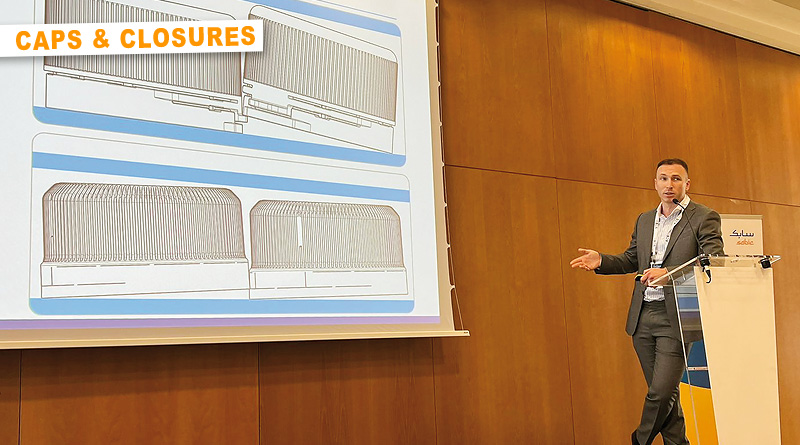Implementation insights
Solving tethered closure challenges
The Tethered Cap Directive is in force. This means 24/7 work for Vladislav Medvedovskiy, Head of Retal Service, and his team. Following an internal survey of its customers, Retal has discovered that many customers have waited until the last possible moment to adapt their cap production lines. Retal is well positioned with its service team, which is represented at all Retal locations worldwide. At the Plastics Closures Innovations Event in Barcelona in June this year, organised by AMI, Vladislav reported on typical problems and challenges introducing the new tethered cap technology. PETplanet talked to him for some more insights.
PETplanet: Vladislav, how have been the last few weeks for you and your team?
Vladislav: Busy, as always! It’s now high season, so it’s important for us to make sure all our customers are ready for this time of high volumes. After the PCI presentation in Barcelona, I got straight back into visiting customers to maintain their equipment and to be ready for any urgent requirements.
PETplanet: When you arrive at a customer’s plant, what are the first questions you hear regarding the implementation of the tethered cap?
Vladislav: People want to be sure that they can continue production without any downtime, and that they don’t need to modify their equipment, or need any investment. I am always happy to confirm that tethered closure implementation is easy when you know how!
PETplanet: What are the most common technical issues during implementation?
Vladislav: The main issue I see is that the slitting of the tethered closure can create a jam in the chute. This is because they have a dual level slitted tamper evidence band and this can jam in the lower level slit as the closures stack up. My team and I can fix this by accurately adjusting the height control of the chute.
PETplanet: Long machine downtimes and costly adjustments are unpleasant for your customers. How do you avoid this during the change-over?
Vladislav: Keeping up with regular maintenance is key as this stops any issues before they have a chance to cause downtime. Combine this with the remote and on-site emergency offer from Retal Service and customers have the peace of mind that they’re ready for anything.
PETplanet: Which tethered caps pose the greatest challenges during the changeover?
Vladislav: The general transition to new closure design requires investments and high level of expertise, as not all equipment can be adapted to tethered implementation depending on the neck finish. It’s hard to highlight the specific closure which posed the greatest challenge during the changeover, as different units of the filling lines appeared more or less suited for the new closure design. So, I can say that the greatest challenge is finding an adaptation for all scenarios, that is where Retal Service comes in.
PETplanet: What has been the smoothest and most complex conversion so far?
Vladislav: All clients which followed following algorithm got the smoothest conversion:
- 1) Complete line survey for the new closure design
- 2) Conversion and adjustments
- 3) Test
- 4) Start production
In general, if clients jumped to point #3, they experienced a more complex conversion.
PETplanet: Do you also see other markets outside the EU where the tethered cap could be introduced?
Vladislav: Tethered caps are not currently required by legislation in other markets, so we can work with customers in whatever markets they’re active. We think that more countries will decide to implement tethered caps after seeing the benefits tethered brings to Europe, particularly regarding litter reduction.
PETplanet: Thank you very much!

